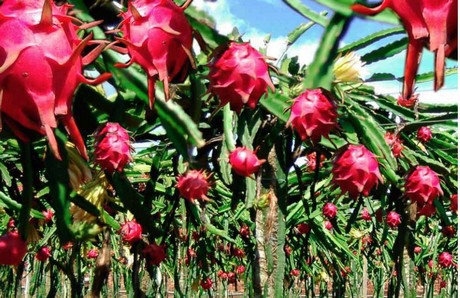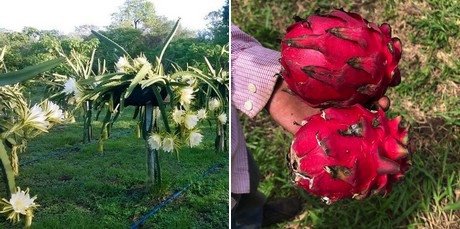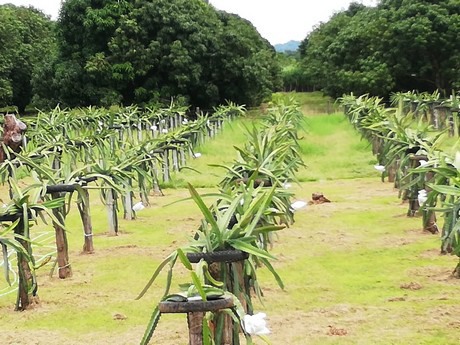Pitahaya producers from Costa Rica have had a very hard year, as their crops have suffered fierce attacks of pests, such as the flower bud fly and the drone fly. Despite this, producers have continued to grow, to the point that they are preparing the first shipments of this fruit to Canada.

Despite the difficulties, the Cooperative of Pitahaya producers of Costa Rica is satisfied with the final results obtained this year. According to Genoveva Chaverri, an associate of this cooperative, “even though we have had pests and the weather hasn't been the best, which caused losses, we've been able to face these issues by using traps in plantations and organic products such as garlic. In addition, we realized that the Falcon butterfly, which is one of the best pollinators, wasn't reaching many plantations, so we planted host plants for it, these are getting bees near the plantations, and taking care of bats, which also help us a lot.”
Costa Rica expects to be one of the great exporters of Premium pitahaya soon, as, according to Genoveva, “the conditions of its soils allow it to produce a better pitahaya than that of the neighboring country of Nicaragua, a great producer of this exotic fruit.” “Costa Rica has better practices in plant management and a greater tendency towards organic production, because the Ministry of Agriculture, Procomer, and the Academy assist farmers and insist they avoid using herbicides and fungicides in the plantations,” she added.

“This year, we've harvested pitahayas of up to 850 and 1000 grams; that demonstrates the quality of the soil. Pitahaya plants are usually ready to start harvesting in the third year and we've had cases in which a two-year-old plant is already producing as much as a three-year-old plant. We have also verified that the Brix degrees of the fruit from Costa Rica are higher than the fruit from Nicaragua, ” she said.
Costa Rica's pitahaya production season goes from the first week of June to the second week of November. Even though this year's production has been very irregular, perhaps due to the El Niño and La Niña phenomena, the cooperative is preparing its first exports to Canada, as well as their future projects. "Germany, Spain, and other European countries, as well as the United States, have already contacted us. However, we still haven't started with exports," Genoveva stated.
A young cooperative born from the effort of two women
The Cooperativa of Pitahaya producers of Costa Rica was born two years ago in the Cabo Blanco Peninsula of Lepanto de Puntarenas, thanks to the work and efforts of two women who considered that this crop could help curve the lack of work and poverty there was in the area. One of these women was Genoveva: “We met with people from the town and nearby towns and began to tell them about the cultivation of pitahaya and everything we could do. Today our Cooperative has 36 associates, including 7 women farmers and professionals. We have all worked with our own funds and are still sowing, harvesting, and generating work in our country. ”

“Our soil allows us to obtain the best product in the Central American area. This year the cooperative could be placing 40 to 50 tons of pitahaya on the national market. Next year we expect to ship at least two containers per week to the international market.”
Costa Rica has almost 40 hectares of pitahaya planted, and currently, the cooperative barely manages to cover the national market, “that's why we hope that we'll be able to start exporting this product next year when the plantations are more mature. We also hope to have more partners next year to process pulp for export, and if possible, start processes to develop derivatives of this miraculous fruit, as it's known in Costa Rica,” Chaverri concluded.
Msc. Genoveva Chaverri
Associate and Communicator of the Cooperative
T: +506 88364141
gchiefcostarica@racsa.co.cr
Raul Odio Chacon
T: +506 88202352
coopepitahaya@gmail.com

